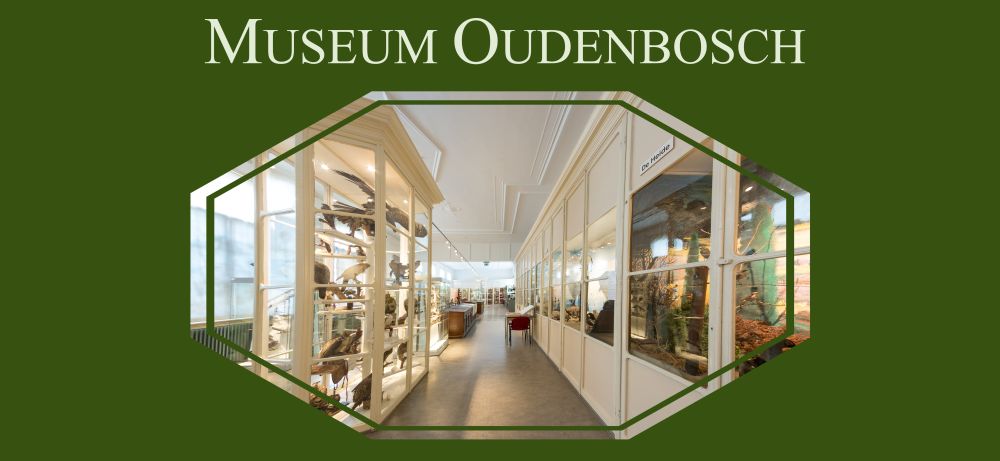The Brothers of Saint Louis saw far ahead. In the 19th century they started collecting objects in the fields of natural history and ethnology for educational purposes. This resulted in extensive collections on a broad array of topics. For decades before the decision was made to set up special museum rooms, the brothers had collected all kinds of special objects.
In 1862 four brothers of Saint Louis were the first to depart to Indonesia, in order to establish in Surabaya the first catholic boys' school on the island of Java. De Indonesian Brothers sent many objects, and in later years brought them along home, to be exposed in the rooms of the Saint Louis Institute. “A suitcase from Oudenbosch with nice and naughty surprises for the Brothers in the East was answered by a case crammed full of Indian fruits or bird skins and klewangs for the museum at Oudenbosch. For the Brothers in Indonesia wish the Museum of Saint Louis to grow great and beautiful.”
At the end of the 19th century the White Fathers donated many objects from the Congo area. Through the years parents of boarding pupils donated objects to the museum as well, and especially the acqusition in 1903 of the extensive bird collection with all Dutch indigenous birds necessitated the allocation of more space. The time had arrived to think of a real museum.
By now the Museum of Natural History and Ethnology - 'great and beautiful' - has taken its place among the regular museums of the Netherlands.
Collections in the fields of living nature, archaeology, geology, environment and, of course, ethnology, offer a wealth of clues for education and knowledge. Sufficient to spend considerable time in the museum.
Be surprised by the varied collections, exposed in an atmosphere of yesteryear.
Visitors are welcome on every Wednesday and Sunday afternoon; vistis at other times may be arranged, On the third Sunday of every month there are nice things to do in a children's activity hour.


